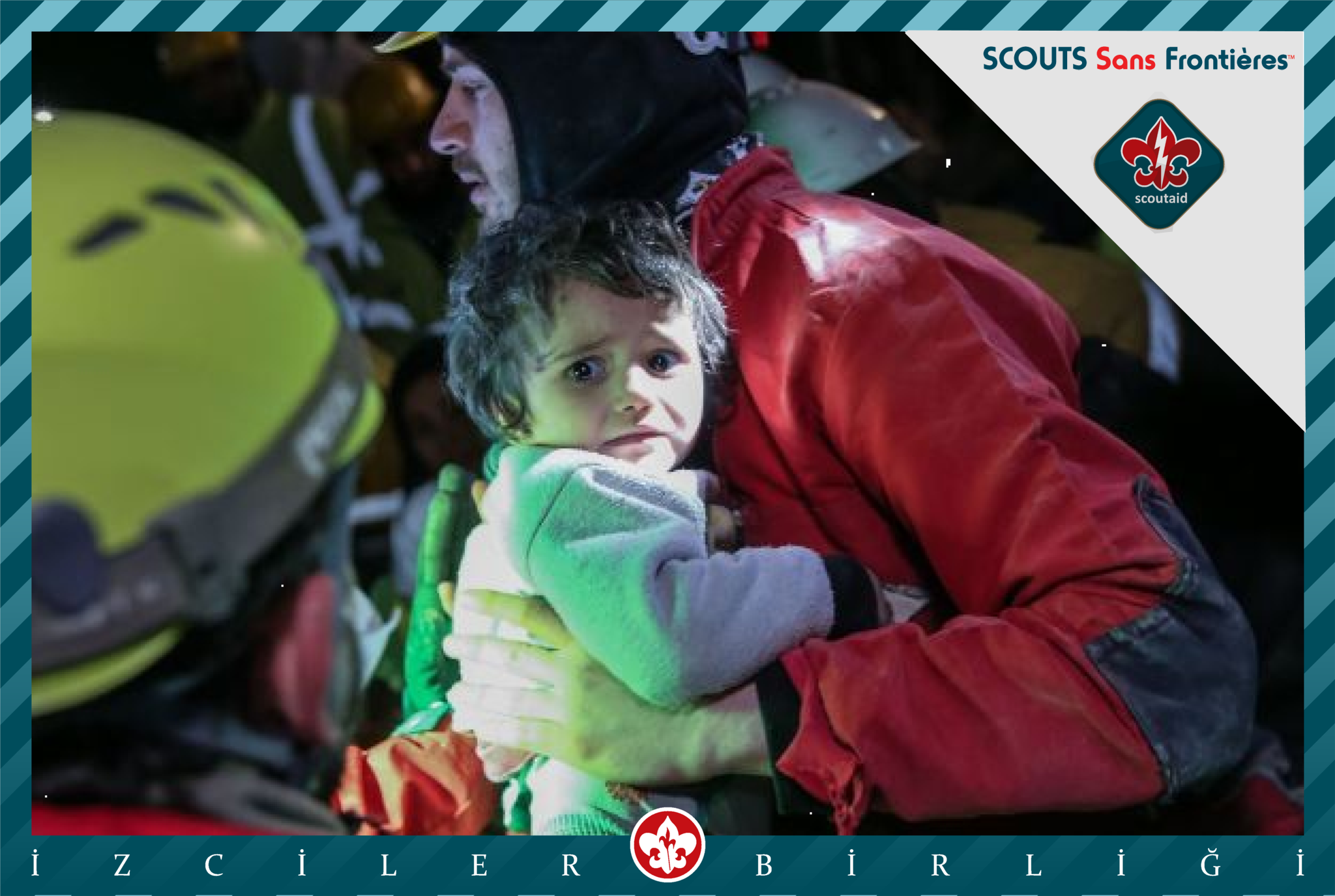Preparedness and Response
Preparedness and response are two key components of emergency management. Preparedness involves taking proactive steps to minimize the impact of an emergency or disaster by planning, training, and equipping individuals and organizations to respond effectively. Response, on the other hand, refers to the immediate actions taken to address the consequences of an emergency or disaster.
Preparedness includes activities such as risk assessments, emergency planning, training and exercises, and the development of emergency supply kits. By engaging in these activities, individuals and organizations can identify potential risks and hazards, develop plans and procedures to mitigate these risks, and ensure that they are equipped and prepared to respond effectively to emergencies.
Response involves the immediate actions taken to address the consequences of an emergency or disaster. This may include search and rescue operations, medical care, sheltering and feeding affected individuals, and restoring critical infrastructure such as power, water, and transportation systems. Effective response requires coordinated efforts among multiple organizations and individuals, including emergency responders, government agencies, non-governmental organizations, and community members.
Both preparedness and response are critical components of emergency management, and they are interconnected. Effective preparedness can help to minimize the impact of an emergency or disaster, while effective response relies on prior planning and preparedness efforts. By investing in preparedness and response, communities can increase their resilience and ability to withstand and recover from emergencies and disasters.




